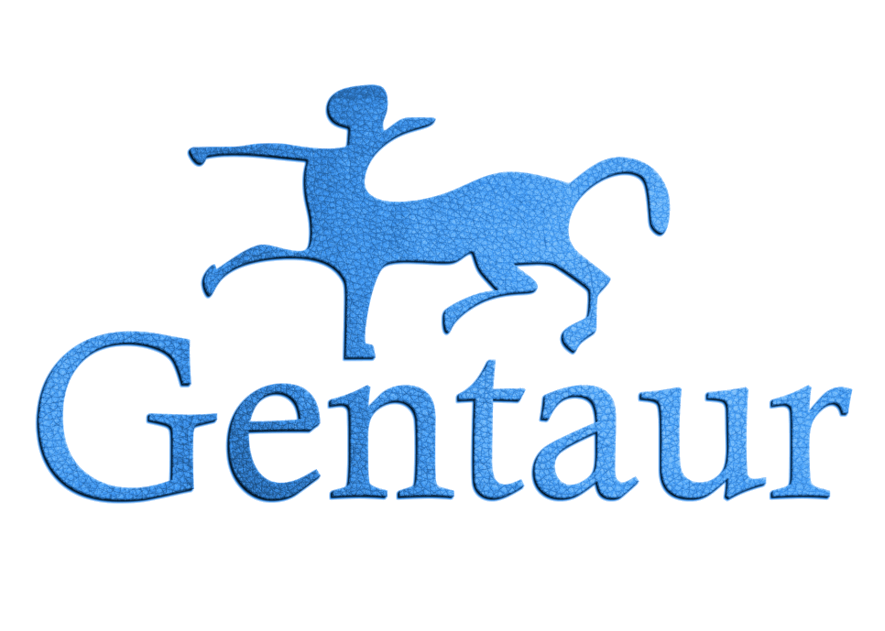Mouse Anti-Human GFAP-UNLB
#
-
Catalog numberGEN670160
-
Price:Ask for price
-
Size500ug
-
-
Also known asGFAP
-
Other namesglial fibrillary acidic protein; Glial fibrillary acidic protein; glial fibrillary acidic protein; glial fibrillary acidic protein; N/A
-
CategoryAntibodies
-
SubcategoryMnoclonal antibodies
-
Gene nameGFAP; GFAP; FLJ45472; GFAP; N/A
-
Gene name synonimsGFAP; GFAP; FLJ45472; GFAP; N/A
-
Other gene namesGFAP; GFAP; FLJ45472; GFAP; N/A
-
ClonalityMonoclonal
-
Immunoglobulin isotypeMouse (BALB/c) IgG2b, kappa
-
CloneSB61b1
-
Host organismMouse (Mus musculus)
-
Species reactivityHuman (Homo sapiens); Due to limited knowledge and inability for testing each and every species, the reactivity of the antibody may extend to other species which are not listed hereby.
-
Specificity and cross reactivityReacts with human GFAP (~ 50 kDa)1 Glial Fibrillary Acid Protein (GFAP) was discovered by Bignami et al 2 as a major fibrous protein of multiple sclerosis plaques. It was subsequently found to be a member of the 10 nm or intermediate filament protein family, specifically the intermediate filament protein family Class III, which also includes peripherin, desmin and vimentin. GFAP is heavily, and specifically, expressed in astrocytes and certain other astroglia in the central nervous system, in satellite cells in peripheral ganglia, and in non-myelinating Schwann cells in peripheral nerves.3 Many types of brain tumors, presumably of astrocytic origin, heavily express GFAP. In addition, neural stem cells frequently strongly express GFAP. It is also found in the lens epithelium, Kupffer cells of the liver, in some cells of salivary tumors, and has been reported in erythrocytes. Therefore, antibodies to GFAP are very useful as markers of astrocytic cells and neural stem cells, and for distinguishing neoplasms of astrocytic origin from other neoplasms in the central nervous system. Although its function is not fully understood, GFAP protein is probably involved in controlling the shape and movement of astrocytes. The protein may also play a significant role in the interactions of astrocytes with other cells, which are required for the formation and maintenance of the myelin layer that covers nerve cells. Additionally, GFAP may assist in maintaining the protective blood-brain barrier. In adults, GFAP levels increase as a result of the proliferation of astrocytes that occurs in response to a variety of physical, chemical and etiological insults, including Alzheimer's disease, epilepsy and multiple sclerosis. Alexander's disease was recently shown to be caused by point mutations in the protein-coding region of the GFAP gene.4 All forms of Alexander's disease are characterized by the presence of Rosenthal fibers, which are GFAP-containing cytoplasmic inclusions found in astrocytes.; Since it is not possible to test each and every species our knowledge on the corss reactivity of the antibodies is limited. This particular antibody might cross react with speacies outside of the listed ones.
-
Purification methodN/A
-
Form AppearancePurified (UNLB) Antibody
-
ConcentrationN/A
-
Storage and shippingThe purified (UNLB) antibody is supplied as 0.5 mg purified immunoglobulin in 1.0 mL of 100 mM borate buffered saline, pH 8.0; Store the antibody ats should be kept in the range of 1-7 degrees Celsius.. HRP conjugate is supplied in 1.0 mL of stock solution in 50% glycerol/50% phosphate buffered saline, pH.7.4. No preservative added. Store the antibody ats should be kept in the range of 1-7 degrees Celsius. or long-term the antibody should be stored at -20 degrees Celsius.. The biotin (BIOT) conjugate is supplied as 0.5 mg in 1.0 mL PBS/NaN3. Store the antibody ats should be kept in the range of 1-7 degrees Celsius.. Reagents are stable for the period shown on the label if stored as directed.
-
Tested applicationsImmunohistochemistry; Western Blot
-
DescriptionThis antibody needs to be stored at + 4°C in a fridge short term in a concentrated dilution. Freeze thaw will destroy a percentage in every cycle and should be avoided. Antibody for research use.
-
TestMBS Monoclonals supplies antibodies that are for research of human proteins. Mouse or mice from the Mus musculus species are used for production of mouse monoclonal antibodies or mabs and as research model for humans in your lab. Mouse are mature after 40 days for females and 55 days for males. The female mice are pregnant only 20 days and can give birth to 10 litters of 6-8 mice a year. Transgenic, knock-out, congenic and inbread strains are known for C57BL/6, A/J, BALB/c, SCID while the CD-1 is outbred as strain.
-
PropertiesHuman proteins, cDNA and human recombinants are used in human reactive ELISA kits and to produce anti-human mono and polyclonal antibodies. Modern humans (Homo sapiens, primarily ssp. Homo sapiens sapiens). Depending on the epitopes used human ELISA kits can be cross reactive to many other species. Mainly analyzed are human serum, plasma, urine, saliva, human cell culture supernatants and biological samples.
-
Latin nameMus musculus
-
Gene target
-
Gene symbolGFAP
-
Short nameMouse Anti- GFAP-UNLB
-
Techniqueanti-Human, anti-, Mouse, anti, antibody to, antibodies, antibodies against human proteins, mouses
-
Hostmouse
-
SpeciesHuman, Humans, Mouses
-
Alternative nameAnti-Mouse Anti-Human GFAP-UNLB
-
Alternative techniquemurine, antibodies
-
Gene info
-
Identity
-
Gene
-
Long gene nameglial fibrillary acidic protein
-
Synonyms
-
Synonyms name
-
GenBank acession
-
Locus
-
Discovery year1989-12-07
-
Entrez gene record
-
Pubmed identfication
-
RefSeq identity
-
Classification
- Intermediate filaments Type III
-
VEGA ID
MeSH Data
-
Name
-
ConceptScope note: Identification of proteins or peptides that have been electrophoretically separated by blot transferring from the electrophoresis gel to strips of nitrocellulose paper, followed by labeling with antibody probes.
-
Tree numbers
- E05.196.401.143
- E05.301.300.096
- E05.478.566.320.200
- E05.601.262
- E05.601.470.320.200
-
Qualifiersethics, trends, veterinary, history, classification, economics, instrumentation, methods, standards, statistics & numerical data

